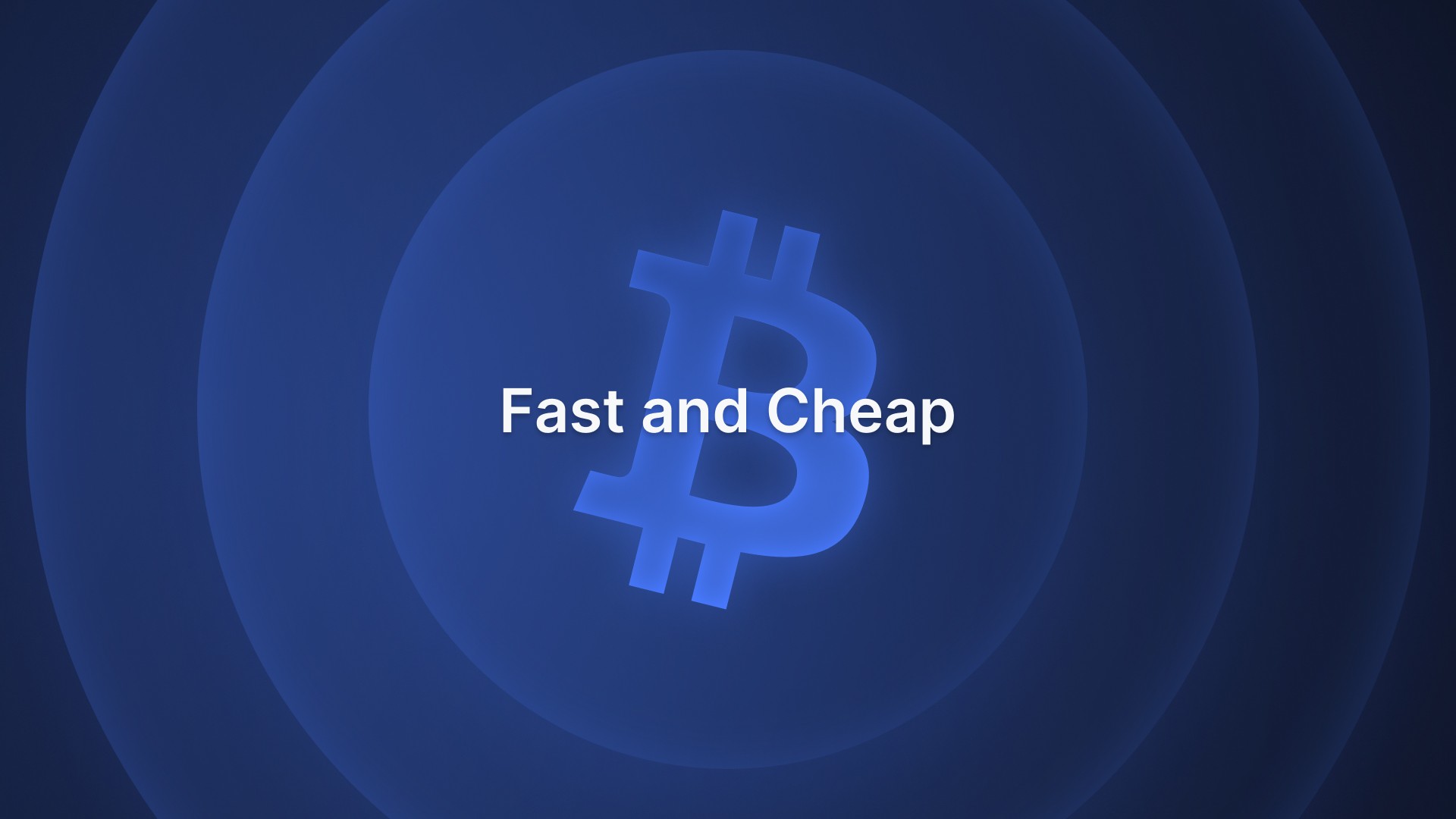Would you believe that Bitcoin was launched on January 3, 2009, and used to pay for pizza on May 22, 2010, yet, people are asking the question, “Is Bitcoin real money?” How many non-government-backed currencies pulled this level of traction within a year after its launch?

It’s as though critics look for every available opportunity to cast aspersion on the world’s first cryptocurrency. A good example is Ezra Galston who claimed that Bitcoin is not real money because it lacks the features of an actual currency. According to Galston, Bitcoin, and other cryptocurrencies, are neither a reliable medium of exchange nor a reliable store of value.
The remarks on cryptocurrencies beg the question, is Bitcoin real money? Is it a reliable medium of exchange or store of value? This article will answer these questions and more. Before going into details, let’s take a trip down memory lane and truly understand how “money” is valued.
Understanding How Currencies are Valued
To understand how fiat currencies attain their value properly, we must go back to the first use of money in the Tang Dynasty in China (618–907 CE). At this point in history, merchants used “promissory notes” representing copper coins, as the metals were too heavy to carry.
Towards the 17th century, the West created the “Gold Standard”, where the currencies were backed by gold or silver. However, World War I and the great depression meant the government could no longer sustain the gold standard. Governments moved to a fiat currency system, where the value of a nation’s currency is based on the government’s decree and trust in the issuing institution.
This initiative turned Central Banks into demigods, with unhinged powers to do just about anything. They can raise interest rates, print more notes, and create monetary policies at will.
One important factor to note is that, since the end of the gold standard era, your money is worth what the Central Bank claims it is worth. As mentioned earlier, the fiat system values currencies based on “the government’s decree and trust in the issuing institution.” In simpler terms, the value of every currency in the world depends on what the government says and people trust the authorities’ claim.
Unsurprisingly, national governments are abusing this privilege by indiscriminately printing fiat notes and engaging in outright unethical practices. These days, the said “monetary policies” are either conscious efforts to make mistakes or correct previous blunders.
Is Bitcoin Real Money?
When critics come at Bitcoin for not being real money, they always claim that it is not backed by anything. Interestingly, the explanation above shows that, although countries have national reserves, the only “backing fiat currencies are people trusting the government’s claims. Worse still, the government has abused this privilege by not being transparent with the minting and circulation of fiat notes.
On the other hand, Bitcoin is very transparent, as people can easily ascertain the amount in circulation. Furthermore, no one can mint new BTC coins indiscriminately because they want to. In addition, the world’s first cryptocurrency has default anti-inflationary measures to ensure its long-term growth.
A very good example is the halving that occurs after a fixed number of blocks are added to the chain. All things being equal, the system reduced validator rewards by half to ensure that Bitcoin does not lose its value. Unlike fiat currencies, you can trace every Bitcoin down to its first owner.
In response to Ezra Galston, Bitcoin is real money as it can be a store of value and a medium of exchange. Emphasis on “can” because it is people who actually determine whether or not anything can be money. The authorities know this, hence their continuous anti-Bitcoin policies and media rounds. They aim to ensure that people lose faith in cryptocurrencies.
He claims that Bitcoin is volatile and cannot serve as a store of value. In 2009, Bitcoin was valued at $0.08 per token but is now worth well over $63,000 at the time of writing this article. On the other hand, the US Dollar has grown weaker and its purchasing power declined. Items worth $1 15 years ago are definitely now higher than that amount today.
Tectum SoftNote: The Crypto Payment Method Out to Proof That Bitcoin is Real Money
Ezra Galston’s second claim is that Bitcoin cannot serve as a medium of exchange, which is actually false as people have used Bitcoin to trade for several years. In fact, Bitcoin scaling solutions like Tectum SoftNote are erasing issues like slow transactions and high gas fees associated with making Bitcoin payments.
With SoftNote gaining popularity with each passing day, one wonders what the next criticism of Bitcoin, the first truly global payment solution, will be.
Speaking of Tectum SOftNote, this is a transactionless fintech payment solution proving that Bitcoin I real money. Our fintech service is preaching the gospel of Bitcoin by enabling people to use it for Bitcoin payment. Tectum uses the T12 protocol and a Bitcoin sidechain to process transactions and write them on the native Bitcoin network.
The final result is an instant and cheap Bitcoin payment solution. Imagine being able to send an unlimited amount of Bitcoin and pay no more than $1 in fees. Yes, you can send #1 million worth of BTC and pay a maximum of #1 in transaction cost. That’s not all, you can print your BTC SoftNote and spend it like fiat currencies (cash).
Amazing. Isn’t it?
Even better, you always maintain complete ownership and control of your tokens. Tectum is not asking you to trade in your coins for a “representation asset” or NFT.
What are you waiting for? create a SoftNote account today and start using Bitcoin like real money.